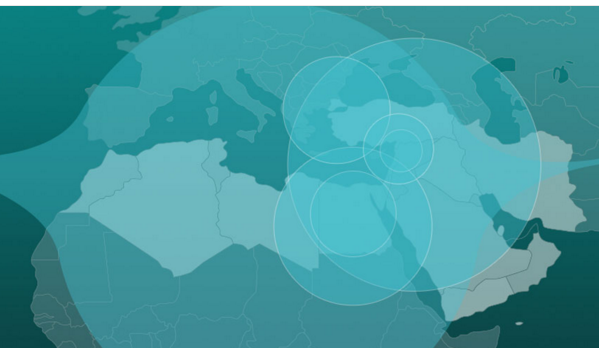
who create open tools and visualizations, generate and host
open data, and support open learning scholarship related to social media,
global media activism, with a focus on Middle Eastern languages.
Learn more
<--back
Nov 16::
Before Class
Read:
- 2nd part of chapter on 'data' by Casey Reas and Ben Fry
Do:
- Clone Week 10 example codes on XML and JSON from GitHub
- Design an XML file to store data about something you collect (books, music, etc). Write a program to draw the data to the display window. Zip up files and email me your results label your zip file HW11_lastname_firstname.zip
- Begin A2 assignment by selecting your data set. You may either:
1) work on the kinship data, by selecting a figure and communicating with the anchor SSHIS student to solidify the data you need to visualize meaningful, quantifyable data that ideally communicates relationship, but may also track data over time +/or space. OR
2) select a dataset encoded by XML or JSON from one of the following sites:
Other potential sources and lists can be found:
Be prepared to present your data set to the class this week, and be familiar with how it is organized and what it is communicating. Have a step by step plan for what data you are going to visualize from your set and how.
In Class
- Work on JSON and XML
- Review Week 10 example codes on XML and JSON if you haven't already.
References
- Branches in a Nutshell
- Remote Branches
- Basic Branching and Merging